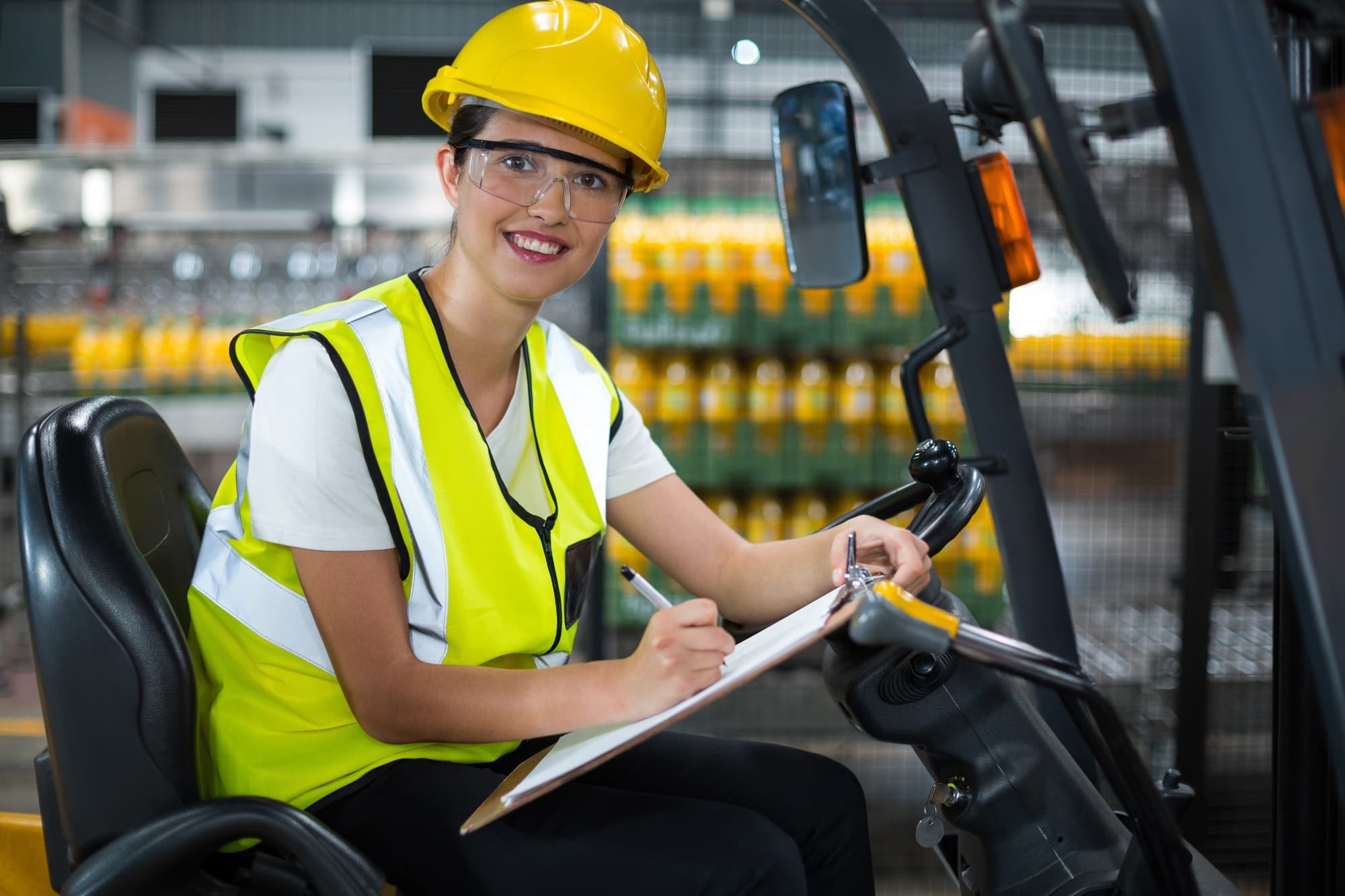Have you ever been embarrassed to admit that you don’t know something at work? If you work in warehouses, construction, recycling, or in scrap yards, you may have used a forklift before. They are important machines for moving heavy loads, but they can also be confusing. If you’re trying to make sense of the latest lingo, read on for our new forklift terminology guide, ensuring you understand what’s being said.
Having a solid knowledge is essential for OH&S requirements, and might even impress your supervisor.
Backrest
A backrest helps forklifts transport their load by preventing it from falling backward onto the operator. They are generally in the shape of a steel grid and are important for safety reasons.
Capacity
The capacity is the total amount of weight that it can lift. No forklift operator should ever try to lift more than the maximum capacity.
Does your business often need a range of different sized machines? If so, forklift rentals might be the most cost-effective and convenient way to get the job done.
Counter Weight
When in use, a forklift driver can be carrying hundreds or thousands of pounds on a small vehicle. Naturally, this would make the forklift very front-heavy and subject to toppling over.
To stop this from happening, a counterweight is installed in the rear of the forklift to give it balance and stability.
Fork
The forks, also known as tynes, are the steel prongs that lift and carry the weight. Forks can be one of two types, pin or hook. Pin hooks are used on large forklifts with a heavier capacity.
Staying on top of safety when using light or heavy machinery is essential for the wellbeing of your workers. To ensure your staff are prepared, consider attending regular forklift training sessions.
Mast
The mast is located on the front part and is used to raise and lower the load, once it’s on the forks. A mast may have two, three, or four sections, depending on the size of the forklift.
Pneumatic Tires
Pneumatic tires are filled with rubber, rather than air. This means they can never go flat, making them a good choice for a rugged industrial environment.
They often have pneumatic tires as they are better suited to drive over uneven surfaces or road debris, like nails.
Transmission
Like with your personal car or truck, transmissions can be automatic or manual. However, they also have a third option— hydrostatic transmission.
Hydrostatic transmission uses pressurized hydraulic fluid to power the forklift.
Turning Radius
The turning radius is the radius made by the vehicle doing its tightest possible turn. In short, it is the narrowest area your forklift needs to make a U-turn.
Keep Your Warehouse Running Safely With These New Forklift Terms
New terminology can be tricky, but contact us at any time for friendly and professional forklift advice. Our expert team can also help with forklift sales, rentals, and training, ensuring you and your team are up to speed.
We look forward to hearing from you and helping you and your business succeed.

